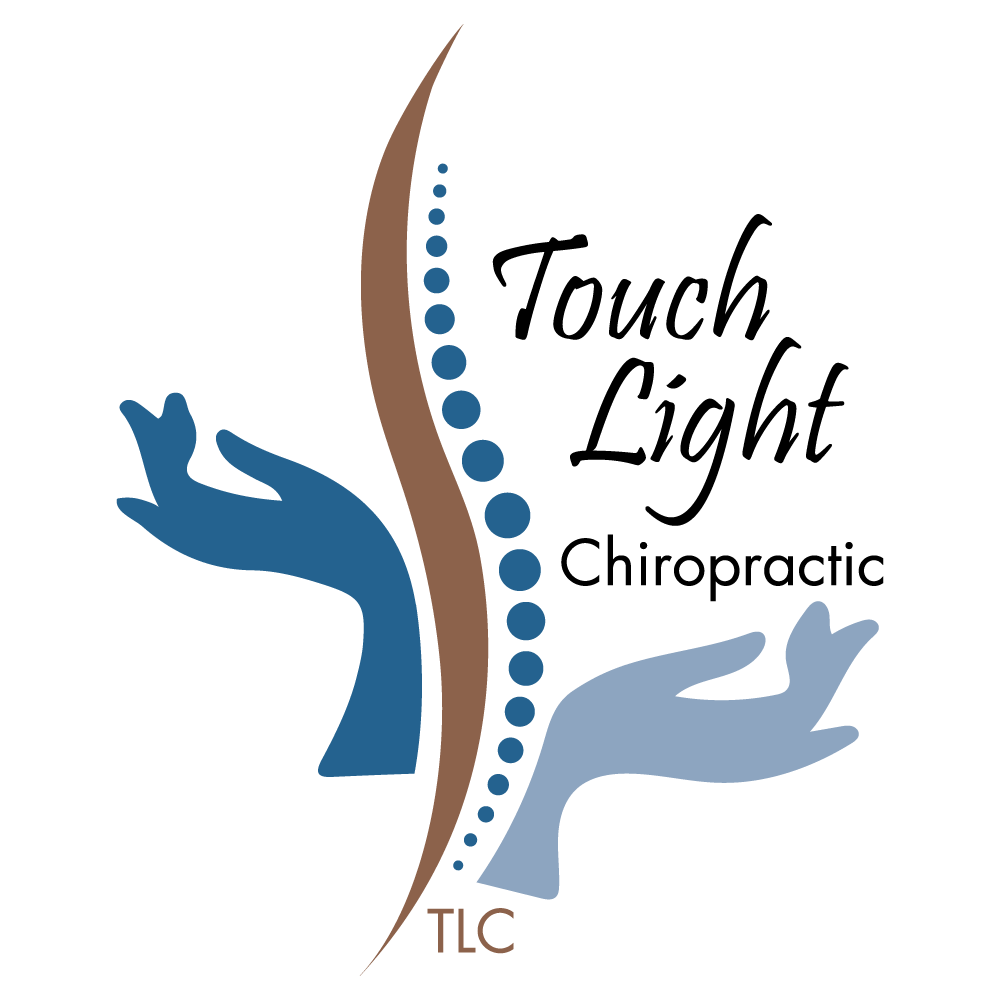What is Network Spinal Care?
Network Spinal Care (also known as Network Spinal Analysis or Network Chiropractic) is a specialized form of chiropractic care developed by Dr. Donald Epstein. It differs significantly from traditional chiropractic methods in both philosophy and technique.
Key Features:
Gentle Touch: Network Spinal Care uses light, precise touches (called “spinal contacts”) along specific points of the spine. These touches are usually at the neck and sacrum and are designed to cue the nervous system to release tension and promote self-regulation.
Focus on the Nervous System: Rather than manually adjusting bones or joints, the goal is to help the nervous system reorganize itself to release chronic stress patterns. This can result in improved posture, movement, energy, and overall well-being.
Two Phases of Care:
Discover and Transform: Helps individuals become aware of stored tension and begin to release it.
Awaken: Supports a higher level of connection and self-awareness, often leading to deeper personal transformation.
Somato Respiratory Integration (SRI): Often used alongside Network Spinal, SRI is a series of guided breath and movement exercises to enhance body awareness and emotional integration.
Holistic Approach: The care is not just physical but also addresses emotional, mental, and energetic dimensions, promoting a more integrated and conscious experience of health.
Outcomes Reported by Patients:
Reduced pain and tension
Greater flexibility and ease in movement
Improved mood and emotional resilience
A sense of greater connection to self and others
Dr. Ginni and Dr. Tina are both experienced in this low force, yet powerful technique. We offer complimentary classes to learn Somato Respiratory Integration breath technique, which deepens the extent of care.
How does Network Spinal Care help my emotions?
Network Spinal Care helps with emotional well-being by addressing the deep connection between the spine, nervous system, and stored emotional patterns. Here’s how it supports emotional health:
1. Releases Stored Emotional Tension
Emotions like fear, anger, sadness, or trauma can be stored in the body—particularly in the spine and muscles.
The gentle touches used in Network Spinal Care help the body recognize and unwind these stored tensions, leading to emotional release or relief.
2. Regulates the Nervous System
Emotional imbalances are often tied to a dysregulated nervous system (i.e., stuck in fight, flight, or freeze).
Network Spinal promotes parasympathetic (rest and digest) activation, helping the body and mind shift out of chronic stress patterns into greater ease and calm.
3. Builds Emotional Awareness
As tension releases, people often become more aware of how emotions are felt and expressed in their bodies.
This increased somatic (body-based) awareness can lead to more conscious emotional processing and healthier responses.
4. Facilitates Emotional Breakthroughs
Many patients report spontaneous emotional insights, catharsis, or a renewed sense of clarity and empowerment after sessions.
This care can act as a catalyst for transformation, helping individuals move through long-held emotional blocks.
5. Supports Integration through Somato Respiratory Integration (SRI)
SRI exercises help patients connect breath, movement, and attention to specific areas of the body where emotions may be stored.
This empowers people to integrate emotions instead of suppressing or avoiding them.
Reported Emotional Benefits:
Reduced anxiety, fear, and overwhelm
Increased sense of peace and stability
More authentic emotional expression
Enhanced resilience and adaptability during stressful times
Clarity of thought, especially where making decisions are concerned
An example of patient experience: A patient has been experiencing chronic upper back tension and low-level anxiety for years. During a Network Spinal session, the chiropractor makes a gentle contact at the sacrum and then the neck.1604
What Might Happen:
Physical Sensation: The person might suddenly feel warmth or tingling move up their spine. Their breath may naturally deepen or become more rhythmic.
Spontaneous Movement: The body might start to undulate or move slightly on its own—often described as a “wave” or gentle spinal rhythm. This is called a spinal wave, a key feature of Network Spinal.
Emotional Surfacing: Without warning, the person may begin to feel a wave of sadness or grief that had been dormant. They might tear up, sigh, or feel a lump in their throat. Others might experience laughter, joy, or even relief.
Release and Integration: The person doesn’t need to analyze the emotion—just feeling and allowing it can result in a powerful release. Afterward, they often report feeling lighter, calmer, and more “themselves.”
Post-Session Reflection: Some people later realize the emotion was connected to a past event—like unresolved grief, a breakup, or childhood stress—even if it wasn’t consciously on their mind before the session.
These emotional shifts aren’t forced or induced—they emerge naturally as the body and nervous system reorganize and release stored patterns.





Leave A Comment